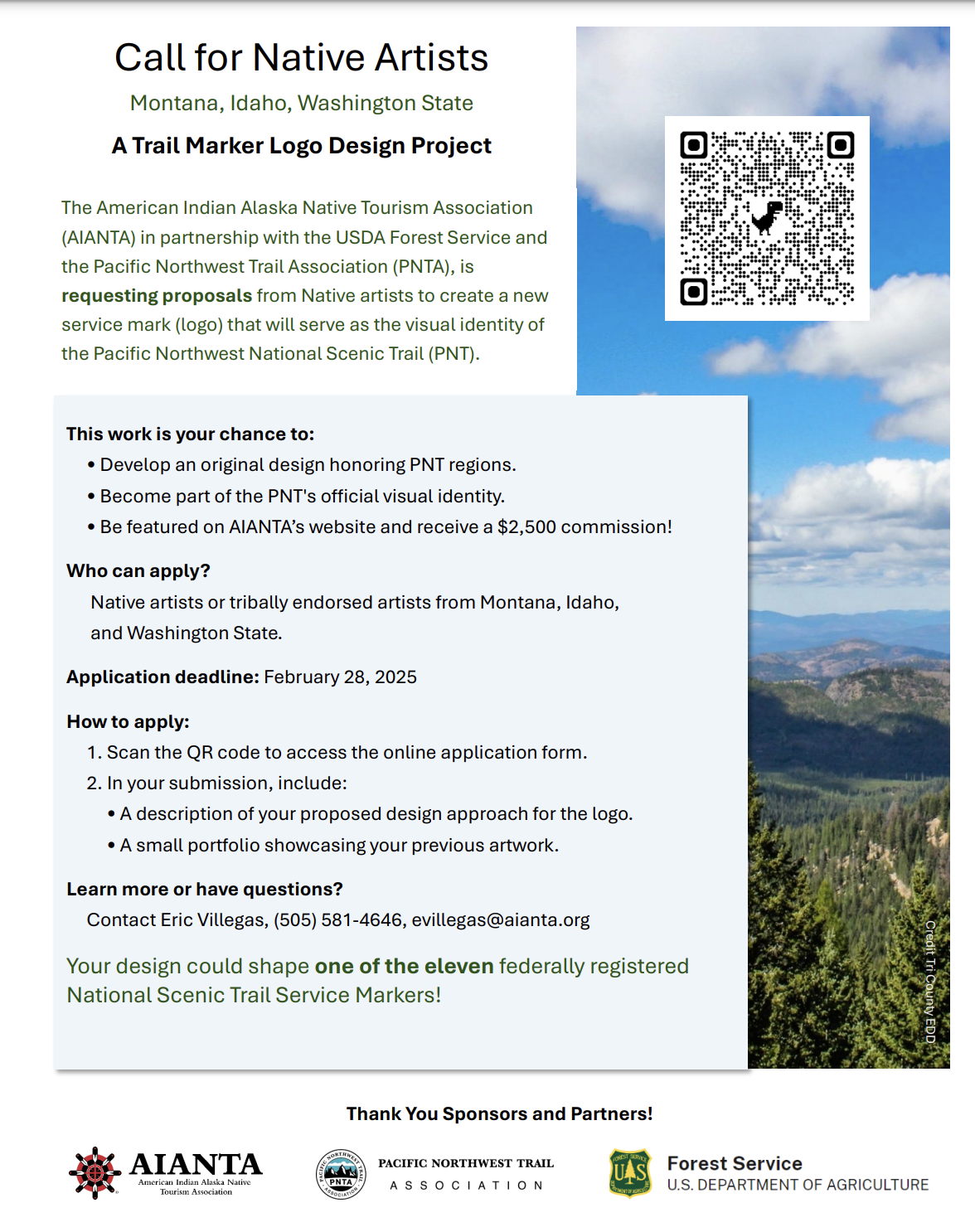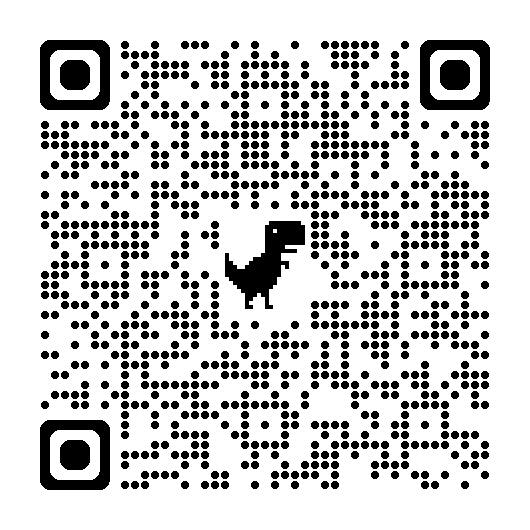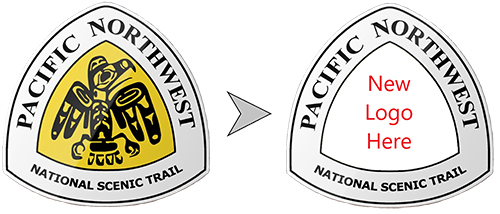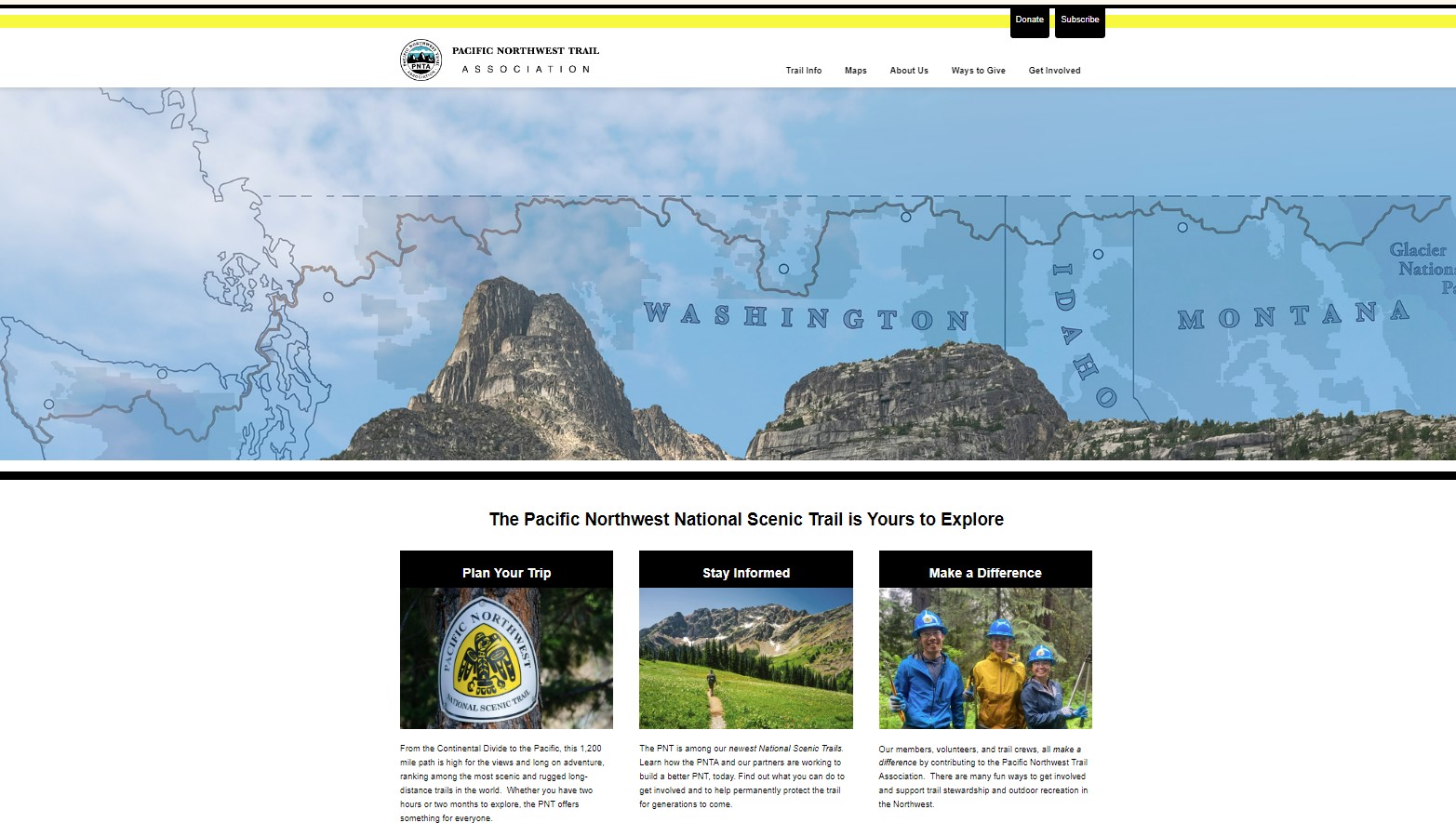
Experience Native America Along the Pacific Northwest Trail
Collaborative Effort to Change the Pacific Northwest National Scenic Trail Service Marker Logo
The Pacific Northwest National Scenic Trail (PNT) was designated by U.S. Congress in 2009. It spans approximately 1,200 miles from Montana’s Continental Divide to Washington’s Pacific Ocean. The Trail passes through the ancestral homelands of at least 20 federally recognized tribes, including the Colville and Swinomish Reservations. Administered by the U.S. Forest Service, the PNT offers scenic, historic, natural and cultural experiences, crossing diverse landscapes and seven national forests.
The American Indian Alaska Native Tourism Association (AIANTA) is working in partnership with the US Forest Service and Pacific Northwest Trail Association (PNTA) to develop a new service mark logo design with significant input from Native American Indian Tribes. This new logo design will replace the current “thunderbird” design, which was developed without input from tribes or indigenous people. A goal of this project is to generate a new design that respects Pacific Northwest Indigenous cultures and accurately represents the Trail’s cultural and geographic diversity.
This project aligns with broader efforts to honor the historic and cultural significance of the lands along the Pacific Northwest Trail while promoting tribal tourism and economic empowerment through platforms like NativeAmerica.travel and the PNTA website. These efforts support conservation and sustainable tourism, ensuring tribal stories and cultural voices are authentically represented.
Indigenous Homelands Along the Pacific Northwest National Scenic Trail
The Pacific Northwest National Scenic Trail (PNT) traverses ancestral Indigenous lands, home to at least 20 federally recognized tribes. Oral histories and archaeological evidence reveal a continuous Indigenous presence in the region for over 15,000 years. The trail follows pre-contact and post-contact routes used by these communities, connecting western Montana to the Columbia Plateau and the Pacific Coast. Today, these Indigenous nations maintain active cultures, connections, and treaty rights in the areas along and surrounding the PNT.
Indigenous Perspectives of the PNT
The American Indian Alaska Native Tourism Association (AIANTA) is actively gathering Indigenous perspectives on the Pacific Northwest National Scenic Trail (PNT) by engaging with tribal communities along the trail’s route. Through interviews, outreach, and consultations, AIANTA seeks to capture and elevate the voices of Native American tribes whose ancestral lands intersect with the PNT. This effort is aimed at ensuring that tribal histories, cultures, and contemporary views are integrated into the trail’s narrative and Service Mark Redesign Project, fostering a more inclusive and respectful representation. By gathering these insights, AIANTA aims to support both tribal tourism initiatives and the preservation of Indigenous heritage along the PNT.
Meet the Pacific Northwest Trail Association (PNTA) and Plan Your Trip!
The Pacific Northwest National Scenic Trail is Yours to Explore, Plan Your Trip, Stay Informed, and Enjoy Making a Difference!
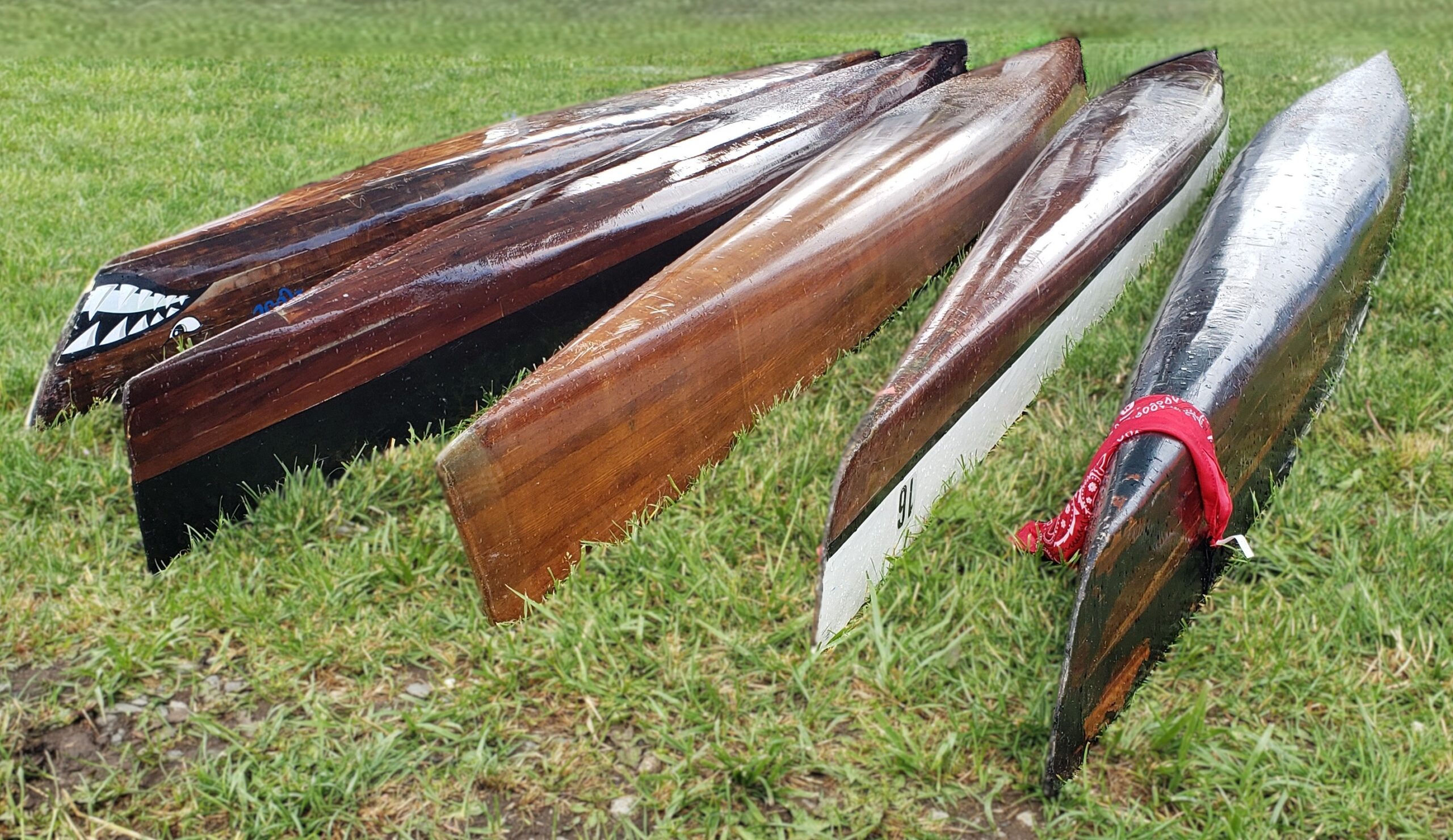
Indigenous Homelands Along the Pacific Northwest National Scenic Trail
The Pacific Northwest National Scenic Trail (PNT) traverses ancestral Indigenous lands, home to at least 20 federally-recognized tribes. Oral histories and archaeological evidence reveal a continuous Indigenous presence in the region for more than 15,000 years. The trail follows pre-contact and post-contact routes used by these communities, connecting western Montana to the Columbia Plateau and the Pacific Coast. Today, these Indigenous nations maintain active cultures and ties to the areas surrounding the PNT. The USDA Forest Service recognizes the importance of government-to-government consultation with these tribes regarding the PNT’s administration and management. This collaboration ensures that the trail’s management respects these lands’ cultural and historical significance.
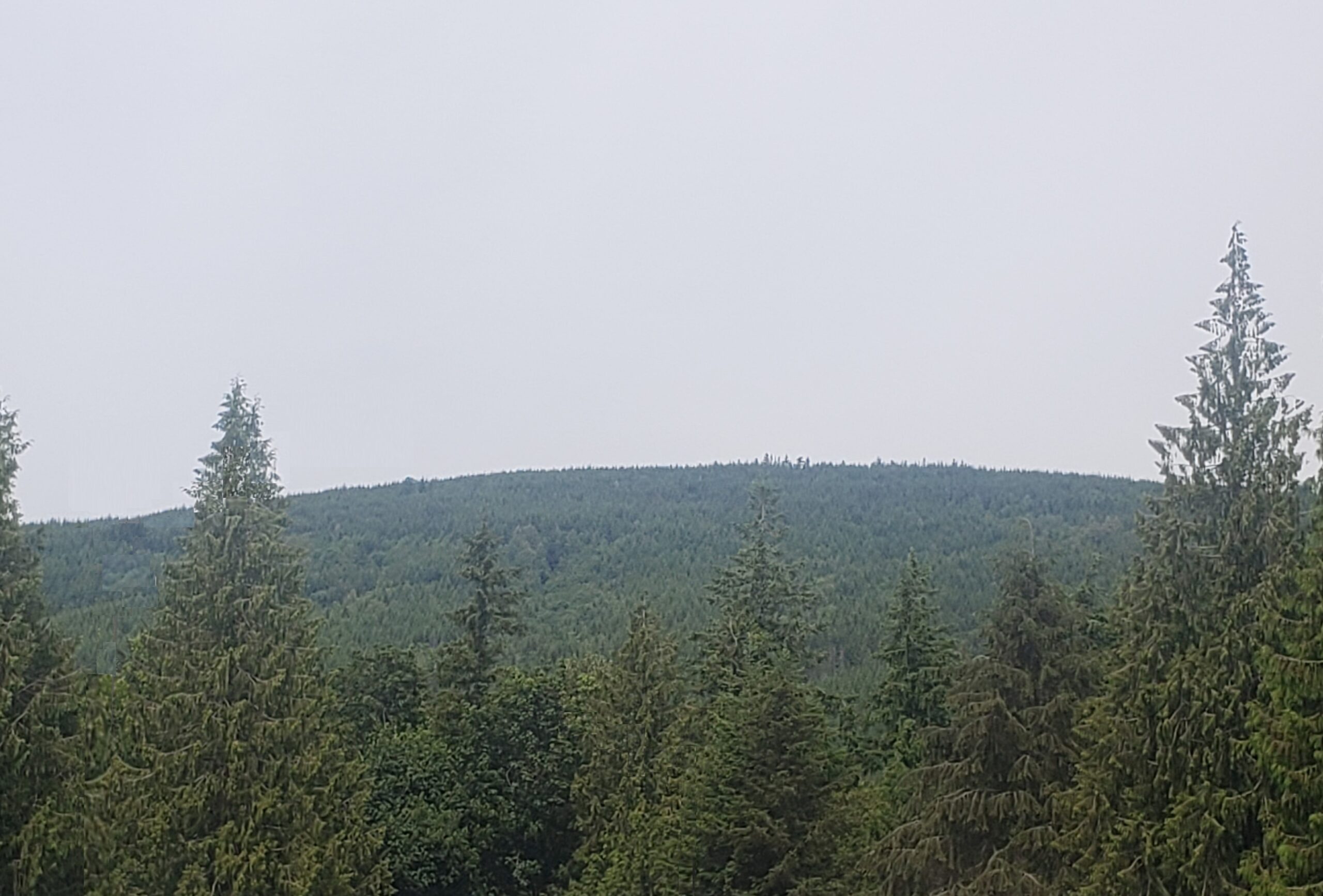
Indigenous Perspectives of the PNT
The American Indian Alaska Native Tourism Association (AIANTA) is actively gathering Indigenous perspectives on the Pacific Northwest National Scenic Trail (PNT) by engaging with tribal communities along the trail’s route. Through interviews, outreach, and consultations, AIANTA seeks to capture and elevate the voices of Native American tribes whose ancestral lands intersect with the PNT. This effort is aimed at ensuring that tribal histories, cultures, and contemporary views are integrated into the trail’s narrative and Service Mark Redesign Project, fostering a more inclusive and respectful representation. By gathering these insights, AIANTA aims to support both tribal tourism initiatives and the preservation of Indigenous heritage along the PNT.
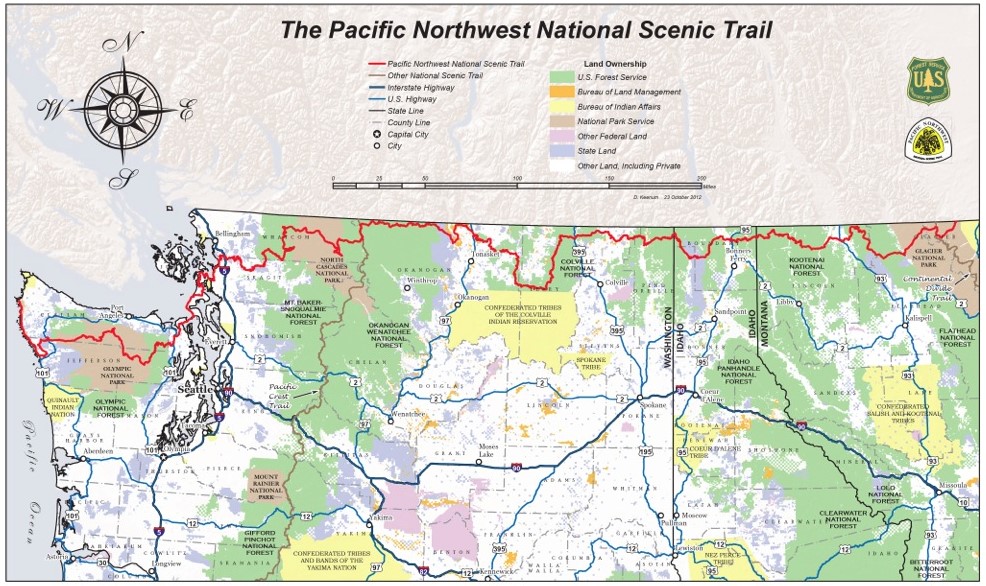
Resources and Program Partner Information
America’s National Trails: National Scenic, Historic, and Recreation Trails:
The national trails system was established in the National Trails System Act of 1968 (as amended) to promote and provide opportunities for the public. The Forest Service manages and cares for many National Scenic, Historic, and Recreation Trails with the help of countless volunteers and partners. Read More
Pacific Northwest National Scenic Trail
Traveling 1,200-miles from the Continental Divide to the Pacific Ocean, through Montana, Idaho, and Washington, the trail provides outstanding opportunities for long-distance, non-motorized recreation. Read More.
National Trails System Official Guidelines for National Trail Markers (1997)
New 1997 Official Guidelines for National Trail Markers. Read More.
Request for Proposal: Pacific Northwest National Scenic Trail (PNT) Service Mark (Logo) Design
The purpose of this Request for Proposed Logo Design is to ensure that the identities and contributions of the Indigenous Tribes and communities along the trail are recognized and reflected in its visual identification. The selected logo design will play a crucial role in representing both the trail’s natural beauty and the cultural significance of the areas it crosses. Read More.
List your destination or experience on NativeAmerica.travel!
Tribal partners are invited to nominate destinations and experiences along the Pacific Northwest Scenic Trail to be featured on NativeAmerica.travel. Explore Native America >
View some of our tribal tourism partners by clicking on the images above or learn how you can claim your own listing at NativeAmerica.travel now.
